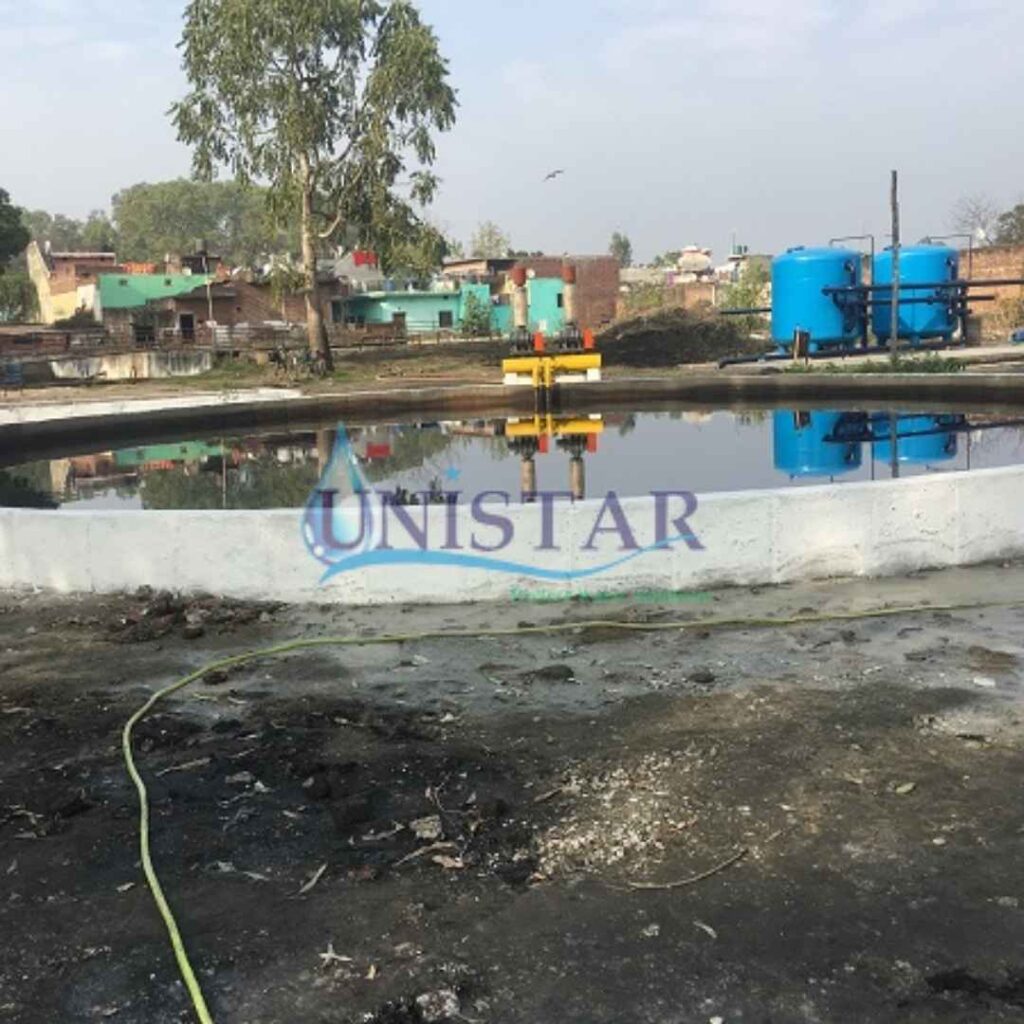Waste Water Treatment Plant
Features :-
- Primary Treatment: Initial processes like screening and sedimentation to remove large debris and settle heavy particles.
- Secondary Treatment: Utilizes biological processes, where microorganisms decompose organic material, reducing biochemical oxygen demand (BOD) levels.
- Tertiary Treatment: Advanced treatment for further purification, including filtration, disinfection (usually using chlorine or UV), and nutrient removal.
- Automation and Control: Modern plants are equipped with automation for monitoring and controlling treatment stages, ensuring optimal performance and energy efficiency.
- Sludge Management: Treatment plants process sludge separately, converting it into biosolids that can be reused as fertilizers or safely disposed of.
Uses :-
WWTPs play a critical role in:
- Environmental Protection: Preventing water pollution by treating harmful substances and protecting ecosystems.
- Public Health: Reducing pathogens in water, thus controlling waterborne diseases.
- Water Reuse: Treated water can be reused for agriculture, industrial cooling, and other non-potable applications, contributing to water conservation.
- Resource Recovery: Plants can recover byproducts like biogas and biosolids, which can be used for energy production or as soil conditioners.
About
Wastewater treatment plants are essential infrastructures in urban and industrial areas, built to meet stringent environmental regulations and sustainability goals. With water scarcity becoming a global challenge, WWTPs provide an eco-friendly solution by recycling water for various uses. Additionally, advancements in technology have made treatment processes more efficient, reducing operating costs and energy consumption. Today, WWTPs incorporate smart technology for real-time monitoring, offering communities an effective, reliable way to manage wastewater while promoting sustainable development and resource recovery.
All Services
Menu

